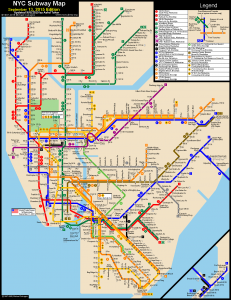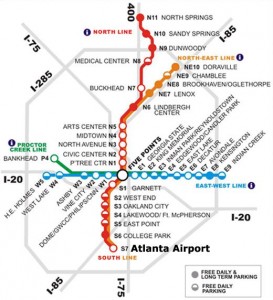Photographer and the Pedestrian
This literary criticism on the photos of Margaret Morton provides a vast array of ways the public space affects the social constructs and psychological identity of the people of New York. They speak to not only the audience and overall muse of the set of works but also goes behind the camera to look into what kind of role the photographer has as a flânerie. Photographers are seen in the same view and same molds as any other pedestrian or passerby yet the photographers seem to observe with the lack of social status allowing them to look at their subject in a nonobjective way. However, the article also touches on the role of the photographer in relation to the homeless population and how the photographers benefit from not identifying with the homelessness that they have but just being in the proximity of the struggles they face.
Paying for the ‘Show’
The same criticism goes to the spectators of the ‘show’ that the homeless people seem to portray within these social constructs. They argue that this spectacle acts as a filter for human interaction saying that the more ‘privileged’ people of New York look at the homeless citizens and sees them as failures of the social system that they themselves are benefiting from instead of people who hold the same values as they do. Comparing the curiosity of the passerby and the charity they think they are obligated to give, the homeless see the pity in both those themes and share the similar feeling of submission and inferiority.
Identity Parallels
Diving into the tunnels that the homeless people reside in, there is a great sense of security and familiarity that it exudes. The citizens of the tunnel all seem to share the protection that the ‘dangerous’ allure that the tunnel provides and also shares the similar sense of comfort there where they can freely connect with others and connect to who they are. Yet this connectivity with one another also comes at a price of a widening separation with the outside world where both parties seem to refer to the other as ‘them’. This separation is also contrasted with the growing similarities the two groups shown in how they treat their space and possessions. The article highlights the fragility of their space and how both don’t own the land that they are living on and how that correlates to the way the homeless set up their homes and how the ‘housed’ adorn their own homes as well. The quote ‘home is where the heart is’ seems to relate to how the article speaks on the way the identity parallels the way the house is accessorized. This idea of a house that they all live in correlates to how they identify themselves. And in the case of the city pushing the homeless community out by labeling it as ‘cleaning up New York City’ diminishes their sense of identity as inferior to theirs.
Capitalism and Possession
The article also touches on how capitalism and possession relates to the social class that the city seems to base off their interactions on. The ‘housed’ see themselves as privileged because of their possessions and see the homeless as poor because of their lack of possession even though possessions are an objective idea in which both parties have the same themes of possession just shown in different forms. Both parties are in no way different yet they are made to believe that the homeless are under them and are suffering from this disadvantage by choice. They fail to see the pitfalls that the homeless have fallen into since they themselves benefit from the system that failed the homeless and therefore see their ‘disadvantage’ only on a economic standpoint even though their struggles fall much deeper than that.
Photo Image: JEWEL SAMAD/AFP/Getty Images



Recent Comments